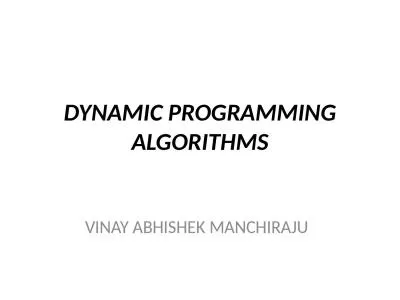PPT-Dynamic Programming CISC5835, Algorithms for Big Data CIS, Fordham Univ.
Author : debby-jeon | Published Date : 2019-11-01
Dynamic Programming CISC5835 Algorithms for Big Data CIS Fordham Univ Instructor X Zhang Rod Cutting Problem A company buys long steel rods of length n and cuts
Presentation Embed Code
Download Presentation
Download Presentation The PPT/PDF document "Dynamic Programming CISC5835, Algorithms..." is the property of its rightful owner. Permission is granted to download and print the materials on this website for personal, non-commercial use only, and to display it on your personal computer provided you do not modify the materials and that you retain all copyright notices contained in the materials. By downloading content from our website, you accept the terms of this agreement.
Dynamic Programming CISC5835, Algorithms for Big Data CIS, Fordham Univ.: Transcript
Download Rules Of Document
"Dynamic Programming CISC5835, Algorithms for Big Data CIS, Fordham Univ."The content belongs to its owner. You may download and print it for personal use, without modification, and keep all copyright notices. By downloading, you agree to these terms.
Related Documents


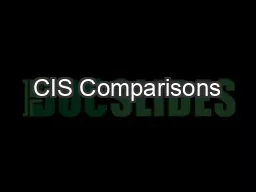
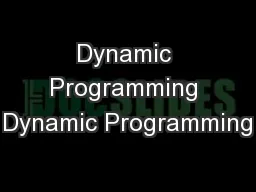
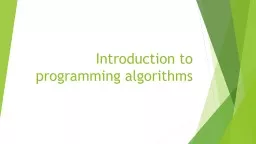

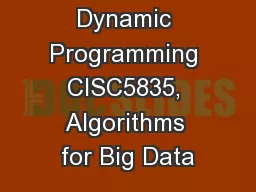
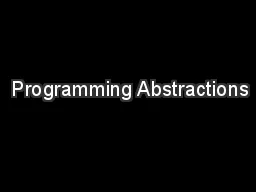
![[BEST]-Programming 11:C Programming Success in a Day & Rails Programming Professional](https://thumbs.docslides.com/980146/best-programming-11-c-programming-success-in-a-day-rails-programming-professional-made-easy-c-programming-c-programming-c-programming-language-rails-android-programming-ruby-rails-php-css.jpg)
![[PDF]-Programming 3: Python Programming Professional Made Easy & C Programming Success](https://thumbs.docslides.com/980147/pdf-programming-3-python-programming-professional-made-easy-c-programming-success-in-a-day-c-programming-c-programming-c-programming-language-html-python-programming-python-java-php.jpg)
![[FREE]-Programming 16: Python Programming In A Day & C Programming Professional Made Easy](https://thumbs.docslides.com/980148/free-programming-16-python-programming-in-a-day-c-programming-professional-made-easy-c-programming-c-programming-c-programming-language-html-python-python-programming-coding-css-java-php.jpg)

